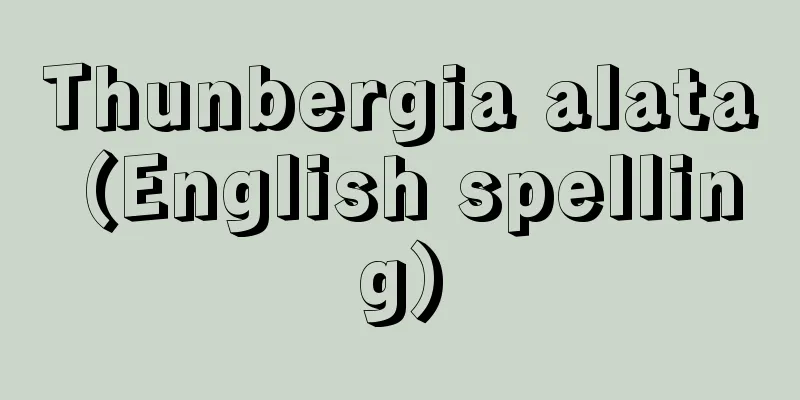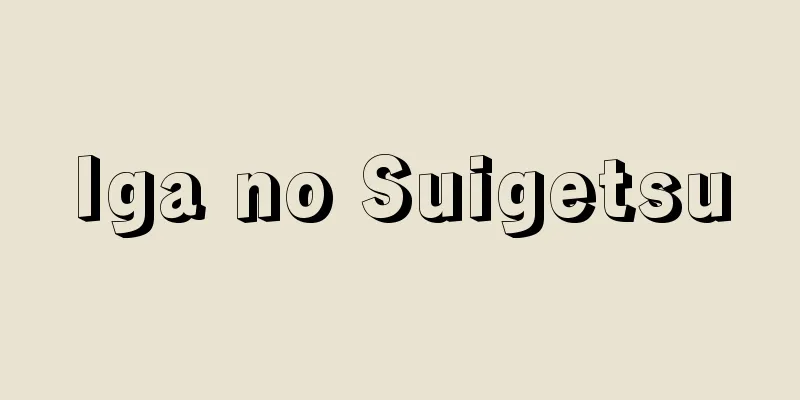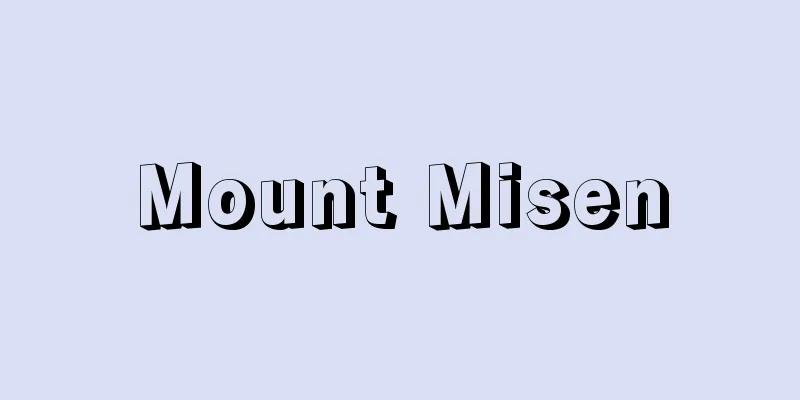Enjoji Temple

|
This temple is of the Omuro school of Shingon Buddhism and is located in Ninnikusen-cho, Nara City. Its mountain name is Mount Ninniku. In 756 (Tenpyo Shoho 8), it was founded by the Chinese monk Koro at the request of Emperors Shomu and Kōken. In 1026 (Manju 3), Myozen rebuilt it and enshrined the Eleven-Headed Kannon, and it is said to have taken the name of Enjō-ji Temple, which was located in Shishigadani, Yamashina (Kyoto) in the Middle Ages. In 1112 (Ten'ei 3), Kōshō built the Amida Hall and enshrined the Amida Nyorai, and in the Hoen era (1135-41), Jippan restored it. In 1156 (Hogen 1), Kanpen of Ninnaji Temple in Kyoto founded the Ninjukusan school, a branch of Tomitsu (Shingon Esoteric Buddhism), and the temple flourished. In 1466 (Bunsho 1), the main temple buildings were burned down during the Onin War, but Eiko rebuilt them shortly after. During the Edo period, it became a large temple with 23 temples and 235 koku of land, but after the Meiji Restoration it declined, and only the grounds and buildings that are today remain. In 1961 (Showa 36), the temple buildings were dismantled and repaired, and in 1976, the garden was restored and renovated, giving the temple a new look. The guardian Kasuga Hall, Hakusan Hall, and ridgepole plaque are designated national treasures. The temple is also home to many prefecturally designated cultural properties, including the main hall (Amida Hall), tower gate, Ugajin Hall, stupa, main image shrine, seated statue of Amida Nyorai, seated statue of Dainichi Nyorai (made by Unkei), and standing statues of the Four Heavenly Kings, all of which are designated as Important Cultural Properties by the country. The restored garden is a valuable relic from the Heian period. [Masahiro Nomura] Source: Shogakukan Encyclopedia Nipponica About Encyclopedia Nipponica Information | Legend |
|
奈良市忍辱山(にんにくせん)町にある真言宗御室(おむろ)派の寺。山号は忍辱山。756年(天平勝宝8)聖武(しょうむ)、孝謙(こうけん)両天皇の勅願により、唐僧の虚瀧(ころう)が開創。1026年(万寿3)命禅(みょうぜん)が再興して十一面観音を祀(まつ)り、中世、山科(やましな)(京都)鹿ヶ谷(ししがだに)にあった円成寺の名称を継いだといわれる。1112年(天永3)迎接(こうしょう)が阿弥陀(あみだ)堂を建てて阿弥陀如来(にょらい)を安置し、保延(ほうえん)年間(1135~41)に実範(じっぱん)が中興した。1156年(保元1)に京都仁和寺(にんなじ)の寛遍(かんぺん)が東密(真言密教)の一派忍辱山流を創始して寺勢は盛んとなった。1466年(文正1)応仁(おうにん)の乱で主要な伽藍(がらん)を焼失したが、ほどなく栄弘(えいこう)が再建。江戸時代には寺中(じちゅう)23寺、寺領235石を有する大寺となったが、明治維新後は衰え、現在の境内と建物を残すのみとなった。1961年(昭和36)伽藍の解体修理、76年に庭園の復原改修が行われて寺観を一新した。国宝に鎮守春日(かすが)堂、白山(はくさん)堂ならびに棟札。国の重要文化財に本堂(阿弥陀堂)、楼門、宇賀神(うがじん)堂、五輪塔、本尊厨子(ずし)、阿弥陀如来坐像(ざぞう)、大日如来坐像(運慶作)、四天王立像などがあるほか、県指定の文化財も多い。復原された庭園は平安時代庭園として貴重な遺構である。 [野村全宏] 出典 小学館 日本大百科全書(ニッポニカ)日本大百科全書(ニッポニカ)について 情報 | 凡例 |
Recommend
Kitagawa [village] - Kitagawa
A village in Aki District, eastern Kochi Prefectur...
Bloch, F.
…Recent high-resolution mass analyzers have sensi...
Andon jellyfish - Andon jellyfish
This jellyfish belongs to the phylum Coelenterata...
Emperor Gokomyo
Year of death: September 20, 1654 (October 30, 165...
airborne warning and control system
...On the other hand, taking advantage of the fac...
Smith, JR
...The German Ludwig von Siegen (c. 1609-80) disc...
Curtius
German Romance language scholar and critic. His re...
Kanegamisaki - Kanegamisaki
(1) The title of a jiuta piece. Nakamura Tomijuro ...
Annotated commentary on the Materia Medica Classic (English: Běn cǎo jīng jí zhù)
The correct name is "Collected Commentary on ...
Rubber tree - American rubber tree
…It was once used to collect rubber, but is now r...
Family tree - Kakeifu
…the study of genealogy or genealogy. In ancient ...
male hermaphroditism
...To transform a person into a woman, the testic...
Nyuzen [town] - Nyuzen
A town in Shimoniikawa County in the northeastern ...
Friend or foe identification device
IFF is an abbreviation of "identification fri...
Chain mail - Chain mail
It is also called kusari-kigome (chain armor). It...









